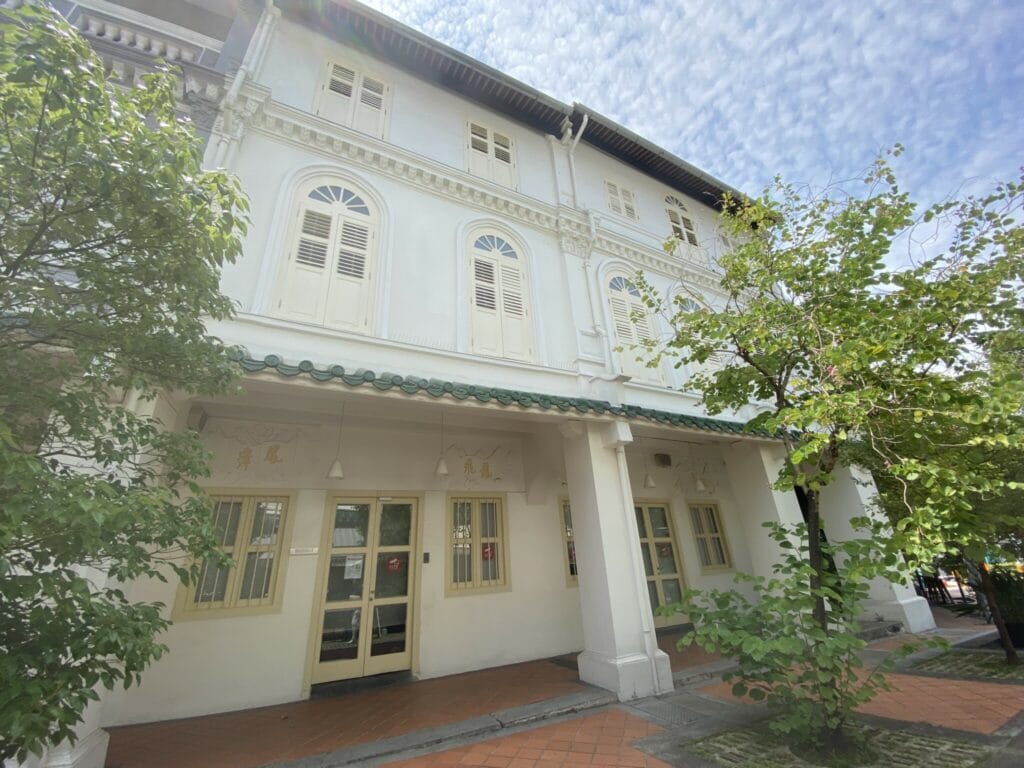
In 2005, a shophouse in Duxton Hill transacted at $385 psf (pictured, above). That same shophouse is now valued at $3,000 psf. Shophouse and boutique hotel specialist with List Sotheby’s International Realty Simon Monteiro explains the astronomical rise: “These shophouses have a certain appeal to creative entrepreneurs and investors who appreciate the stories of these properties, where they themselves are part of the history, as their lives change throughout this pandemic. This interest has intensified in the past 18 months, which is partly because of changes of mindset of many investors who have experienced a convergence of their living spaces and work environment.”
Monteiro also recently helped to sell two other similar shophouses, which he calls historical placemaking properties, at Club Street for $3,935psf.
We chatted with the expert on this burgeoning real estate investment trend.
(You may like: Ultrawealthy Seek to Live Secluded Private Island Lives)
What are the characteristics of a historical placemaking property? And how many are there in Singapore?
The real estate industry uses ‘placemaking’ to describe a community-oriented approach to designing the built environment. Historical placemaking properties refer to buildings that have built heritage with intertwined stories of the people that lived or owned the properties and the communities of the neighbourhood.
Many buyers of such properties want to own a part of Singapore’s history. The provenance of the architecture of the buildings, or the stories of the people who had once lived there, or even the historical significance of the streets or roads where the properties are located are huge draws.
In Singapore, our government started placemaking efforts in the 1990s, and designated slightly over 6,500 shophouses as gazetted conservation assets because of their architectural and built heritage. There are about 500 black and white houses, and 2,700 Good Class Bungalows which were also similarly gazetted as part of the plan to keep the distinct memories that capture the depth of Singapore’s history in the spaces that people from different walks of life lived in.

Simon Monteiro at Duxton HIll.
Where would one shop for such properties?
As a heritage real estate broker, I specialise in helping my clients find these historical placemaking properties that are limited in supply, have great historical value, and come with their own unique story. The market is divided into CBD and non-CBD shophouses. Primarily, the ones in the former have seen the biggest rise in capital appreciation because of the limited supply – there are only 3,000 shophouses and foreigners are eligible to buy such assets.
For zoned residential shophouses, foreigners cannot own such properties, so the next best place for placemaking asset opportunities are in Jalan Besar, Lavender, Little India, East Coast and Geylang. The prices of shophouses in these districts are steadily climbing, but are still within a reasonable acquisition range. It is still possible to find properties that are half the price compared to those in the CBD district.
Could you share with me your own experiences transacting these properties?
My journey began in 2010 when I helped a group of foreign investors look for shophouses in the Tanjong Pagar area. Many of the occupants were sleazy bars and massage parlours, and I knew we would need to gentrify the neighbourhood. I started exploring the idea of placemaking, and with the help of my close friend Dr Julian Davison, a recognised architectural historian and author of the book Singapore Shophouse, did a lot of research into the history of each of the shophouses.
I was also fortunate to find a partner in these investors who were equally passionate about transforming the neighbourhood. Not only did they buy these properties, but they took care to ensure they kept the heritage essence architecturally while redesigning the shophouses into modern spaces for offices and restaurants.
Today, these same investors own over twenty shophouses in Singapore. I am deeply grateful that I have been able to help them with their investment needs by going beyond a traditional real estate transaction.
For this journey, I also realised that it takes a collective effort to create placemaking projects. Timing matters too. It’s finding the right balance, from getting the right tenants to working with architects and other consultancy partners with different expertise.
Another prominent placemaking property that stands out in my career were two shophouses on Neil Road. On behalf of my client, we found a European family office to invest in the two buildings. I engaged the help of an architect friend to design a concept and we brought in Goethe Institute, who continues to be a great tenant and has also created value to the area.
Another special property that I have a great emotional connection to is the Wanderlust hotel. I saw my client, hotelier and restaurateur Loh Lik Peng’s conviction to transform the building on Dickson Road into a boutique hotel that has a name befitting the emotions of wanderlust it evokes. It was previously a kindergarten and also housed a Buddhist office. Loh and his team at Unlisted Collection have done such an amazing job.
All these assets that I have helped to sell in the last 15 years have shown me the true meaning of heritage placemaking. What drives me is my passion to find the right people who want to be a part of Singapore’s history. I also want to recognise the efforts of URA in protecting Singapore’s built heritage, with stories waiting to be unravelled.
(You may like: Get Aston Martin’s design know-how in a private residence near you)


